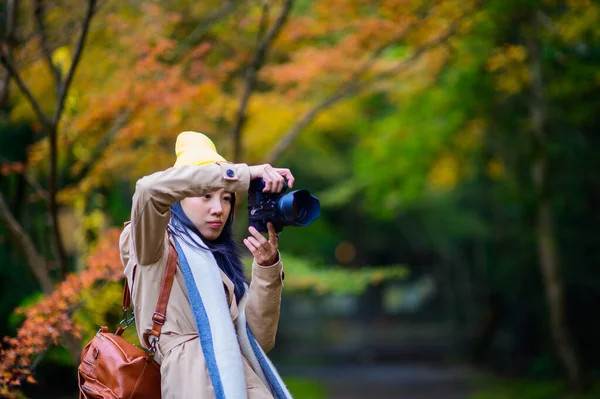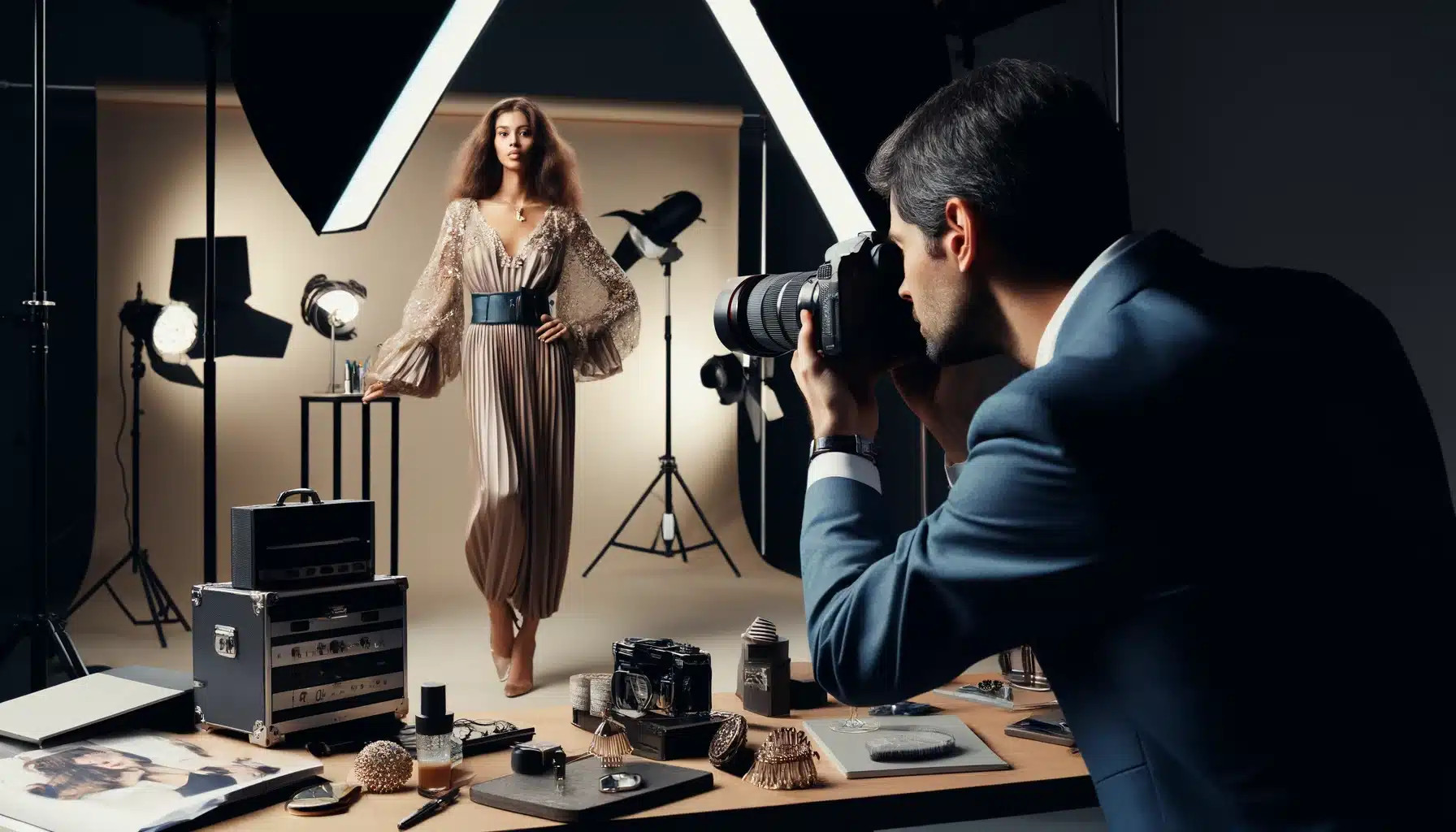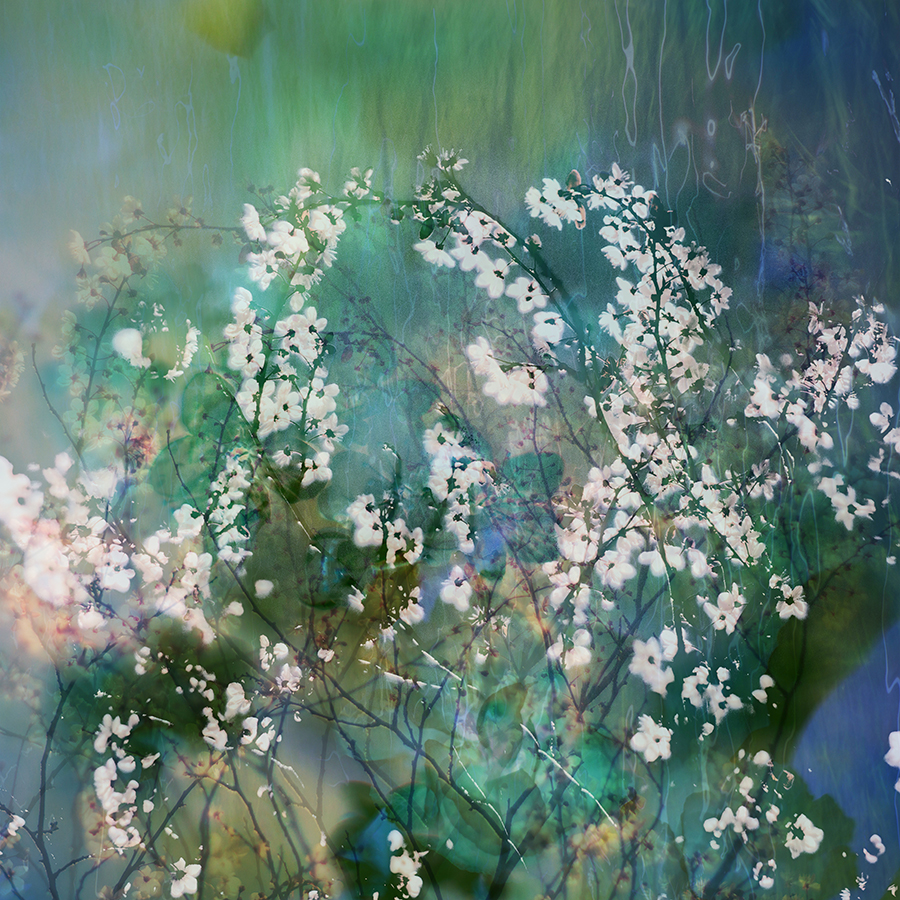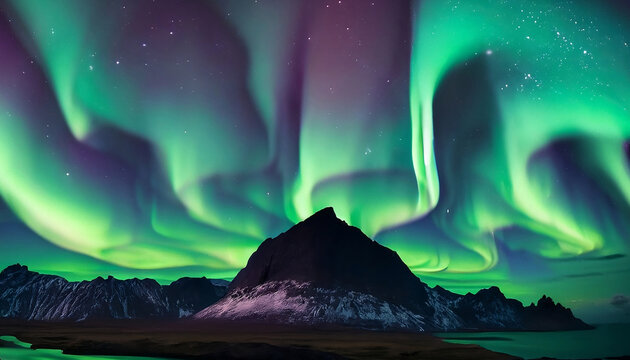Mastering the Lens: Unveiling the Latest Trends and Techniques in Photography

20-11-2024, 03:38 Admin 1 860 0
The thriving art and science of photography continuously evolve with the rapid advance of technology. This constant evolution opens limitless realms in the world of ‘photography – transcending traditional boundaries and enabling photographers to explore innovative techniques. This article seeks to offer a refreshing outlook on the current trends and practices transforming this dynamic field.
To begin with, let's delve into the intriguing realm of computational photography. This groundbreaking technique uses algorithms and advanced image sensors to create visual renderings beyond ordinary digital photography's scope. Smartphone manufacturers integrate computational photography by using machine learning to perfect details like lighting, focus, and color in the final output, demonstrating a quantum leap in efficiency and convenience. Example of this application can be seen in Google's Pixel Night Sight, which uses computational photography techniques to capture bright and clear photos even in the absence of sufficient light.
Moving forward, the trend of drone photography is on the upswing, evolving into more dynamism and efficiency. Drones provide photographers with a unique vantage point to capture stunning mid-air shots and panoramic images that were once a challenge. DJI's Phantom 4 Pro, for example, shoots 4K videos at 60fps, making it an efficient tool in professional cinematography and photography.
Another notable trend reshaping the world of photography is the use of mirrorless cameras. As a technology-forward alternative to conventional DSLRs, these compact and sleek devices offer superior image quality with quicker auto-focus. Canon's EOS R5, known for its full-frame sensor and ability to capture 8K video, is a testament to the prowess of mirrorless technology.
Next in line is 360-degree photography: a technique delivering immersive, all-around visuals. Using cameras like Ricoh's Theta V 4K 360 Degree Spherical Camera, photographers can tap into virtual reality, creating interactive images that offer viewers complete control of perspective.
Stepping into the exciting sphere of aesthetic trends, the resurgence of film photography, or 'analog' photography, brings about a nostalgic appeal to images. Recent technologies allow digital editing tools to harness this vintage charm by applying 'film' filters, like re-creating the grainy texture of a classic Kodak shot or the vibrant contrast of Fujifilm. An example is Nik Collection's Silver Efex Pro for black-and-white imagery.
Artificial Intelligence (AI) is undoubtedly another rising trend to enhance efficiency in photography. AI technology integrated into cameras and editing software enables automatic enhancements, object recognition, and predictive analytics. A fine example is Skylum's Luminar AI, which automates image enhancements, effectively saving time without compromising on the artistic control by the user.
In conclusion, the ongoing technological revolution in photography opens new vistas of creativity for professional and amateur photographers alike. Each technique urges us to redefine the traditional norms and embrace novel approaches. Therefore, it is significant to keep up with these advancements and integrate them effectively to hone our skills and take our art to unexplored realms of creativity.
To begin with, let's delve into the intriguing realm of computational photography. This groundbreaking technique uses algorithms and advanced image sensors to create visual renderings beyond ordinary digital photography's scope. Smartphone manufacturers integrate computational photography by using machine learning to perfect details like lighting, focus, and color in the final output, demonstrating a quantum leap in efficiency and convenience. Example of this application can be seen in Google's Pixel Night Sight, which uses computational photography techniques to capture bright and clear photos even in the absence of sufficient light.
Moving forward, the trend of drone photography is on the upswing, evolving into more dynamism and efficiency. Drones provide photographers with a unique vantage point to capture stunning mid-air shots and panoramic images that were once a challenge. DJI's Phantom 4 Pro, for example, shoots 4K videos at 60fps, making it an efficient tool in professional cinematography and photography.
Another notable trend reshaping the world of photography is the use of mirrorless cameras. As a technology-forward alternative to conventional DSLRs, these compact and sleek devices offer superior image quality with quicker auto-focus. Canon's EOS R5, known for its full-frame sensor and ability to capture 8K video, is a testament to the prowess of mirrorless technology.
Next in line is 360-degree photography: a technique delivering immersive, all-around visuals. Using cameras like Ricoh's Theta V 4K 360 Degree Spherical Camera, photographers can tap into virtual reality, creating interactive images that offer viewers complete control of perspective.
Stepping into the exciting sphere of aesthetic trends, the resurgence of film photography, or 'analog' photography, brings about a nostalgic appeal to images. Recent technologies allow digital editing tools to harness this vintage charm by applying 'film' filters, like re-creating the grainy texture of a classic Kodak shot or the vibrant contrast of Fujifilm. An example is Nik Collection's Silver Efex Pro for black-and-white imagery.
Artificial Intelligence (AI) is undoubtedly another rising trend to enhance efficiency in photography. AI technology integrated into cameras and editing software enables automatic enhancements, object recognition, and predictive analytics. A fine example is Skylum's Luminar AI, which automates image enhancements, effectively saving time without compromising on the artistic control by the user.
In conclusion, the ongoing technological revolution in photography opens new vistas of creativity for professional and amateur photographers alike. Each technique urges us to redefine the traditional norms and embrace novel approaches. Therefore, it is significant to keep up with these advancements and integrate them effectively to hone our skills and take our art to unexplored realms of creativity.
Related News
Leave a Comment


